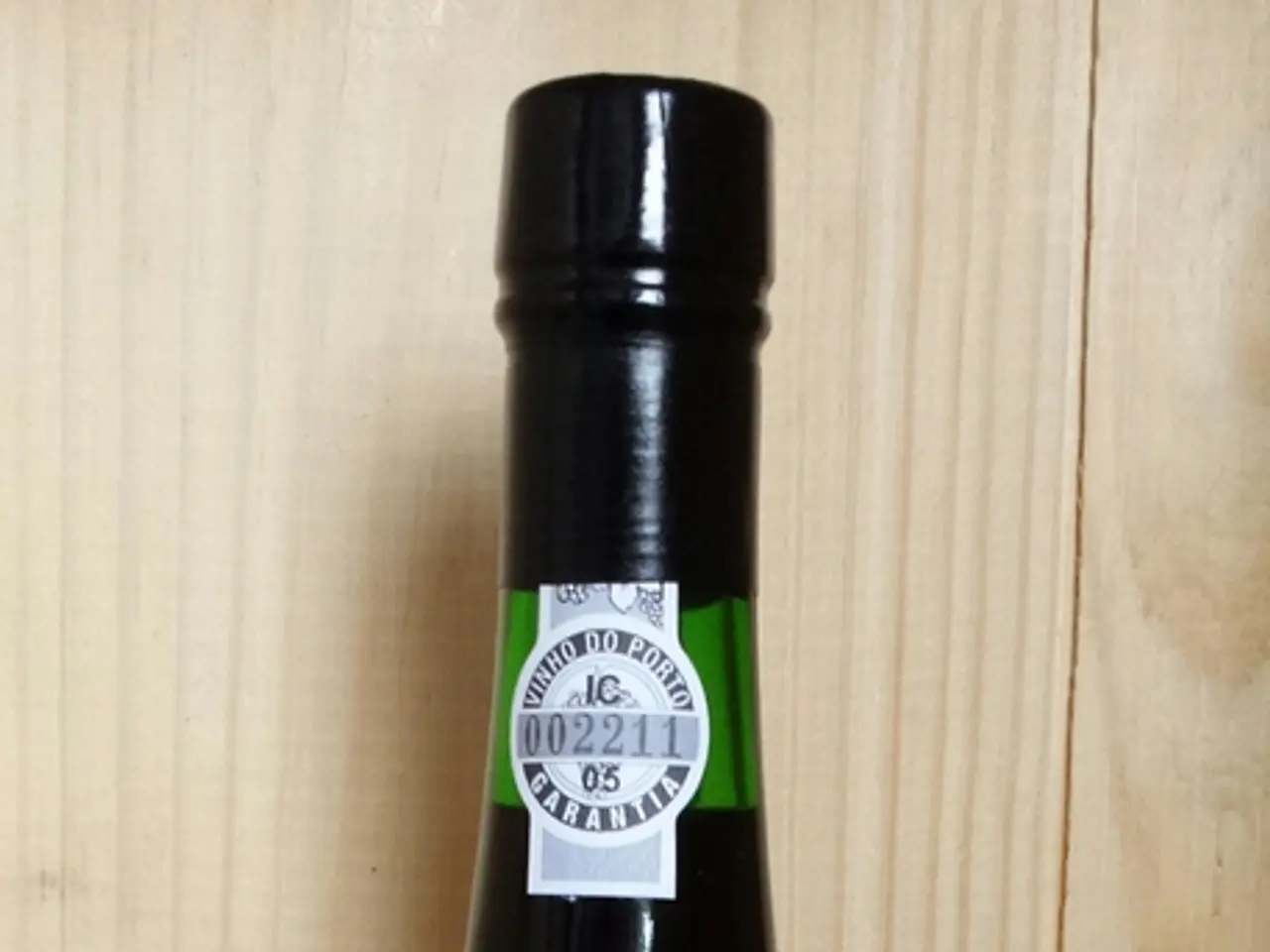Improved Hop Harvests in Hallertau, Yet Beer Industry Faces Declining Consumption
The German hop industry is bracing for a potential decline in production in 2025, according to forecasts, despite a successful harvest in 2024. The Federal Information Centre for Agriculture (BZL) in Bonn has predicted a total hop production of approximately 41,235 tons for 2025, representing an 11.4% decrease compared to the 46,536 tons harvested in 2024.
This reduction is due to a decrease in hop acreage by about 1,326 hectares, with significant cuts in key growing areas like Hallertau (-6.7%) and Elbe-Saale (-10%). Despite the decline, the Hallertau region remains the dominant area for hop cultivation, expected to produce 35,500 tons of hops from 15,680 hectares.
The industry has been cautious due to a continuing decline in beer demand, with the hop industry significantly affected by the decrease in beer consumption. However, the larger hop harvest in 2024 did not lead to a decrease in beer prices. Other production costs have also risen, counteracting the effect of the increased hop supply on beer prices.
The 2024 hop harvest saw an increase of 35% compared to 2022, with the Hallertau region, globally leading in the cultivation of hops, experiencing a notable increase in yield. One hop plant can produce approximately 400 to 1,000 liters of beer, depending on the variety. The increase in yield was primarily due to relatively favorable weather conditions in recent months.
The hop industry in Germany is facing ongoing challenges, including weather extremes, pests, and crop diseases such as Peronospora, spider mites, and aphids. The 2025 growing season included early drought followed by rains, and despite moderate summer temperatures, these factors have contributed to lower yields and challenging growing conditions. However, hop quality, especially alpha acid content important for brewing, is expected to remain about average, though final quality results are pending.
In conclusion, the German hop industry in 2025 is facing reduced quantities after a challenging growing season but maintains hopes for good quality hops essential to brewers. The Hallertau region, located near the cities of Munich, Ingolstadt, and Landshut, remains a key location for the brewing industry, accounting for roughly 35% of global hop acreage.
Read also:
- Developing a Sales Strategy: Methods, Sample Plans, and Templates for Sales Plans
- Events that transpired on the night of August 13, 2025.
- Manchester-based entrepreneur Amman Ahmed propelled an unusual venture to an 8-digit empire, without external financing. This is the story of how he crafted a groundbreaking genre in the world of animal-oriented media, one growl and rhythm at a time.
- Cooking Quantity of Beef Corresponds to Citizens' Salaries - Analysts Disclose








